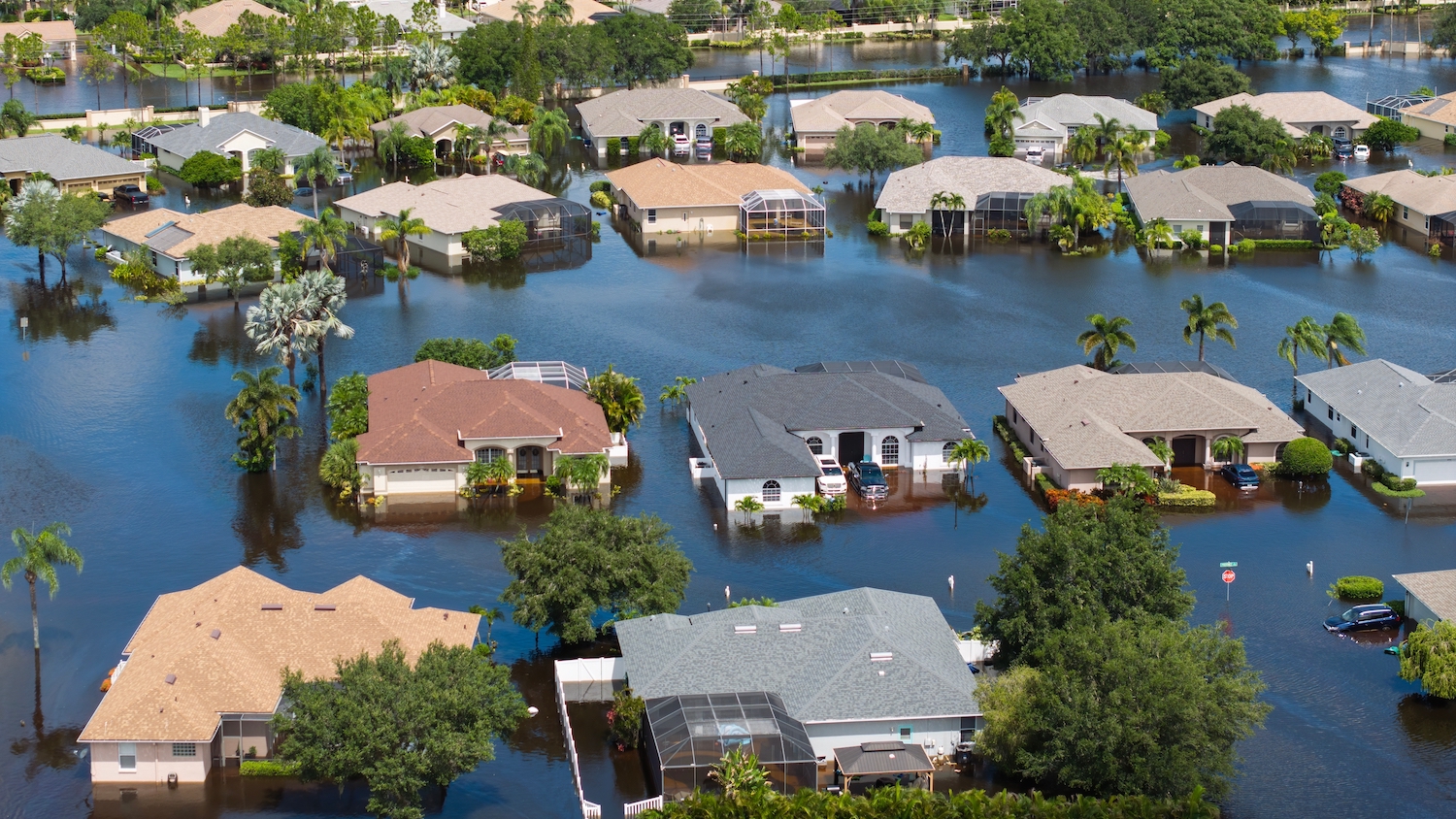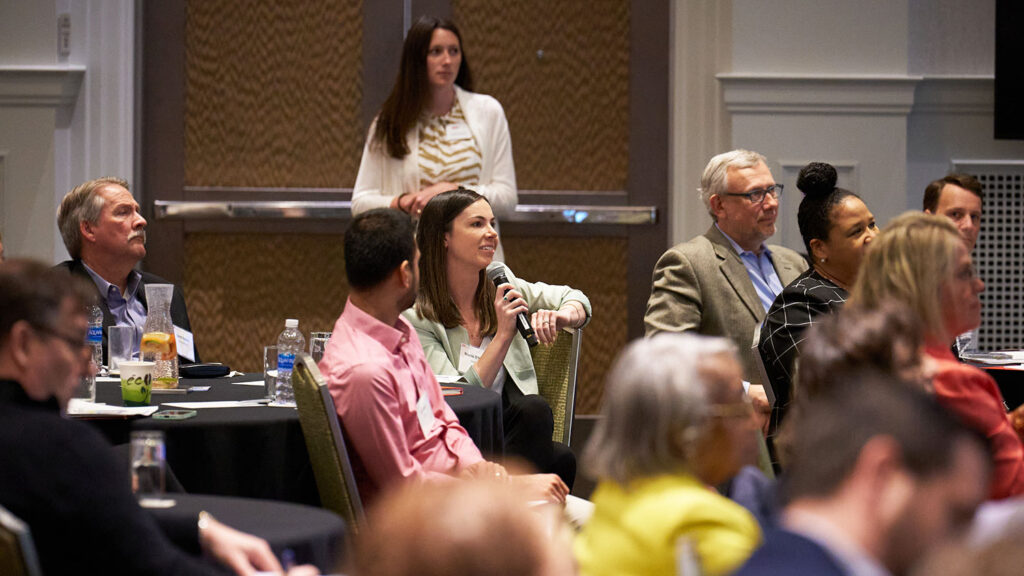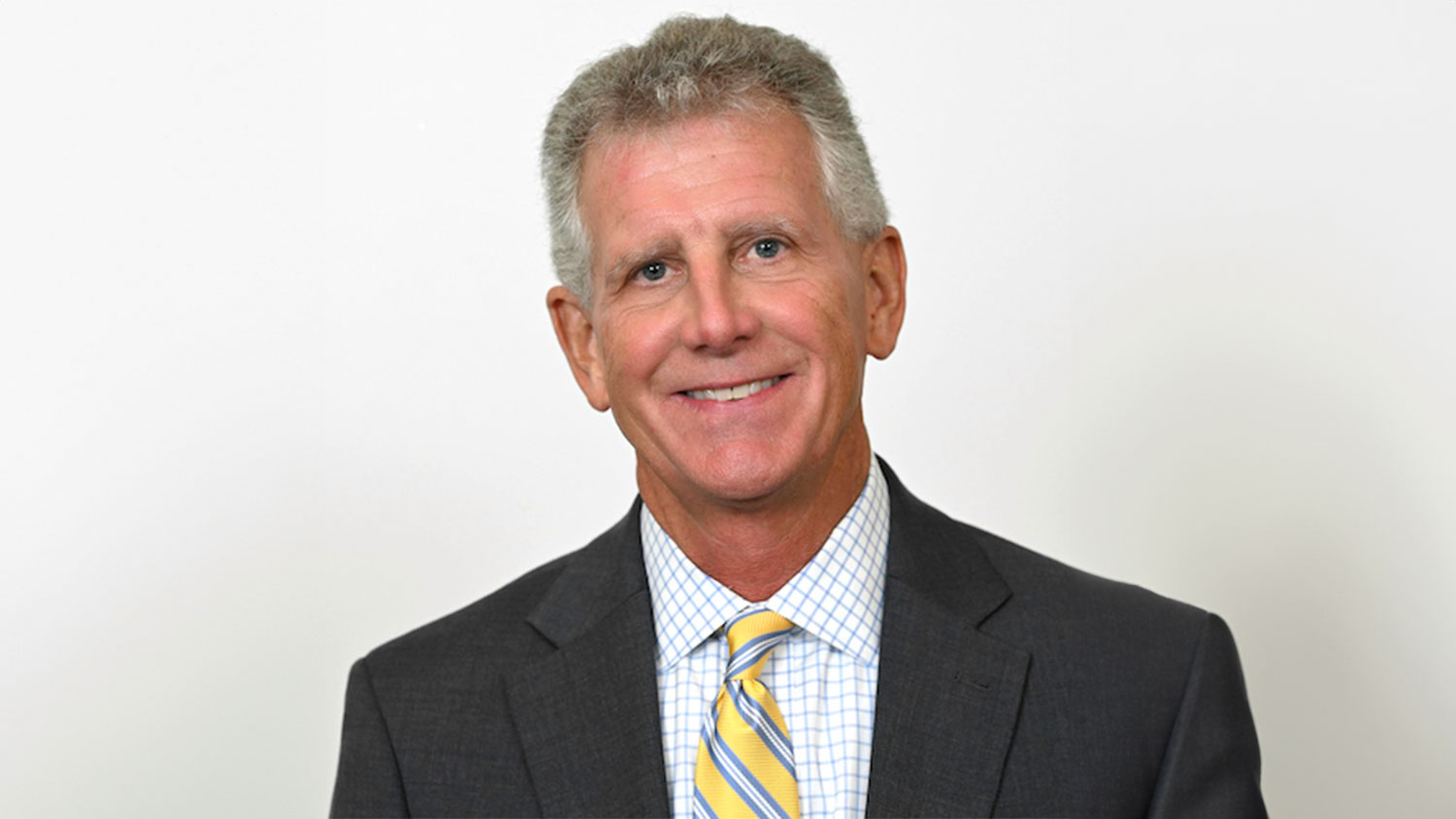
Risk Meets Reality
As intense storms and droughts happen more often, businesses need to shift their strategies.
Weathering Extreme Events
In recent years, the frequency and intensity of extreme weather events — ranging from hurricanes and wildfires to floods and droughts — have reached unprecedented levels.
In the 2010s and 2020s, for instance, heat waves in major U.S. cities have increased threefold, according to the Environmental Protection Agency. And, a 2021 study in the Annual Review of Public Health indicates that extreme droughts are increasing with rising global temperatures and changing precipitation patterns.
These events pose significant challenges to businesses across industries, disrupting operations, supply chains and financial stability. As these threats become more frequent, business leaders will want to consider the impact that potential extreme weather events can have on their organization’s critical operations so they can ensure resilience and sustainability.
Increasing Frequency and Intensity of Extreme Weather
Climate data collected by climatologists shows a clear trend: weather patterns are becoming more extreme. Kathie Dello, the state climatologist of North Carolina and the director of the North Carolina State Climate Office, says that extreme weather is becoming the new normal.
“Everything’s a little bit more extreme,” she said. “It’s hotter when it’s hot, it’s drier when it’s dry and it’s wetter when it’s wet. And often those things will come back to back.”
These fluctuations occur in rapid succession, creating new challenges for communities and businesses alike. Events once considered rare, such as 1-in-1,000-year floods, are happening with increasing regularity, forcing industries to reconsider their risk mitigation strategies.
Dello also warns about “compound hazards,” where multiple extreme weather events occur in quick succession, such as hurricanes followed by heat waves.
“We have a big storm event followed by a drought — which we see a lot in North Carolina — or we may have a run of really hot days in a row and a cooling off,” she said.
3X More Heatwaves
In U.S. cities in 2023 than in 1960
Source: Environmental Protection Agency
2X More $1B+ Disasters
In the 2010s as in the 2000s
Source: National Centers for Environmental Information
$130 Billion
Total cost of climate-related disasters in 2019
Source: Annual Review of Public Health
Global Impacts and Human Response
The consequences of these changing weather patterns extend far beyond infrastructure damage. Rob Dunn, senior vice provost for university interdisciplinary programs at NC State and professor of applied ecology, says extreme weather conditions are making traditional ways of living unsustainable.
Dunn highlights how people can have a very visceral, personal response to extreme weather conditions, like the anger and aggression due to prolonged heat waves, as observed in a study that was based in Phoenix. However, at the same time, people are still making investment decisions, like moving to Phoenix, that seem disconnected from the realities of the extreme weather impacts.
Additionally, on a global scale, as livelihoods collapse, political instability or violence escalate that can drive large-scale displacement and migration. Cities may temporarily absorb these people who have been uprooted, but as extreme weather events intensify, even urban centers will struggle to provide stability.
“If we pan all the way out, there are many places on Earth where people aren’t going to have the choice and are going to suffer these consequences,” he said. “And then what do you do? You’re forced to move, then you’re forced to migrate off into cities which can initially cope for longer with these extreme changes. And then those cities start to have trouble.”
Altogether, the bodily responses, investment decisions and mass migration are going to be impacted by extreme weather. This poses significant challenges for governments and businesses. Organizations must navigate the complexities of global supply chains, employee relocations and shifting consumer behaviors driven by environmental stress. Decision-makers often struggle with uncertainty, making it crucial to develop adaptive, long-term strategies rather than reactive measures.
“All of these things are happening at once. And as humans, we’re not good reconciling them,” Dunn said. “These are risks for any company thinking about the future, and risks for individuals, and it’s important to know that we’re not good at dealing with them.”
Adaptability as a Survival Strategy
As ecological conditions change more frequently and extremely, people and organizations can look to other species and other types of crises for cues on how to cope.
Wildlife, Dunn explains, offers two key methods of adapting to unpredictable environments: rapid reproduction and cognitive problem-solving. Some species, like city-dwelling sparrows, respond to environmental instability by producing more offspring. Others, such as crows and ravens, are able to find ways to get to new foods despite living in “unpredictable places” such as cities.
“There are many places on Earth where people are going to suffer these consequences.”
Rob Dunn
Senior Vice Provost for University Interdisciplinary Programs
Businesses can look to events like pandemics for strategies that can prepare them for extreme weather events. Just as companies that diversified their supply chains, built redundancies into operations and fostered innovation fared better during the Covid-19 pandemic, they’re also more likely to withstand extreme weather disruptions. Relying solely on just-in-time delivery models or concentrating operations in one vulnerable region increases exposure to all sorts of risks.
“If we think about NC State as an institution, one of my observations would be that some elements of how we respond to COVID are totally different from how we respond to a hurricane like Helene, but some elements are very shared,” he said. “I think one of the questions that businesses can ask themselves is, what are these general things that we can invest in that are robust to the details of the crisis, but recognize that these kinds of crises are going to become more common.”
Rising to the Moment — Despite Reluctance
Even in the face of increasing risks, many organizations remain hesitant to invest in climate preparedness. Psychological barriers, such as the fear of overpreparing or making incorrect predictions, often deter proactive decision-making.
“It’s always better to be overprepared and underwhelmed, instead of underprepared and overwhelmed,” Dello said. “But we as humans are afraid of being wrong, so we don’t want to overprepare for things. We don’t want to say ‘this storm is going to be the worst thing we’ve ever seen in our lives, and really change what we’re going to do.'”
Climatologists and researchers provide valuable insights into emerging trends, allowing organizations to incorporate climate projections into their strategic planning. Both Dello and Dunn stress the importance of businesses maintaining connections with climate experts to integrate data-driven insights into risk management strategies.
“One of the other things is to recognize that if we make the right connections, an individual, institution or business doesn’t have to keep track of all the data,” Dunn said. “They need to keep track of the people who are paying attention to the data.”
Turning Challenges into Opportunities
While climate change presents undeniable risks, it also offers opportunities for innovation and growth. Emerging technologies, new business models and policy initiatives can create pathways for adaptation. Sustainable infrastructure, renewable energy investments and climate-resilient supply chains are just a few areas where businesses can find competitive advantages.
While the risks posed by climate change and extreme weather events are significant, Dello is optimistic that solutions are available. Society has the innovation and intelligence to address these challenges, and by embracing the opportunities presented by the changing climate, businesses and communities can find ways to adapt and even thrive.
“We are a very smart, innovative society. I know we can fix this.”
Kathy Dello
North Carolina State Cllimatologist
“The solutions are there,” she said. “There are a lot of things on the table. We are a very smart, innovative society. I know we can fix this.”
But the accelerating pace of climate change requires swift action. Businesses, governments and individuals must engage in meaningful discussions and make informed decisions to build resilience, Dunn and Dello agreed. By acknowledging the realities of extreme weather and proactively planning for the future, society can mitigate risks while identifying new opportunities for sustainable development.
“How do we convince people to take what we know about the future into their daily planning?” Dunn asked. “When we look at places like Phoenix, when we look at Florida, when we know that more change is coming, that more extreme days are coming — how do we have the right kinds of conversations that help people make better decisions about their own futures?”
get to know our experts
Transforming Risk Into Opportunity



